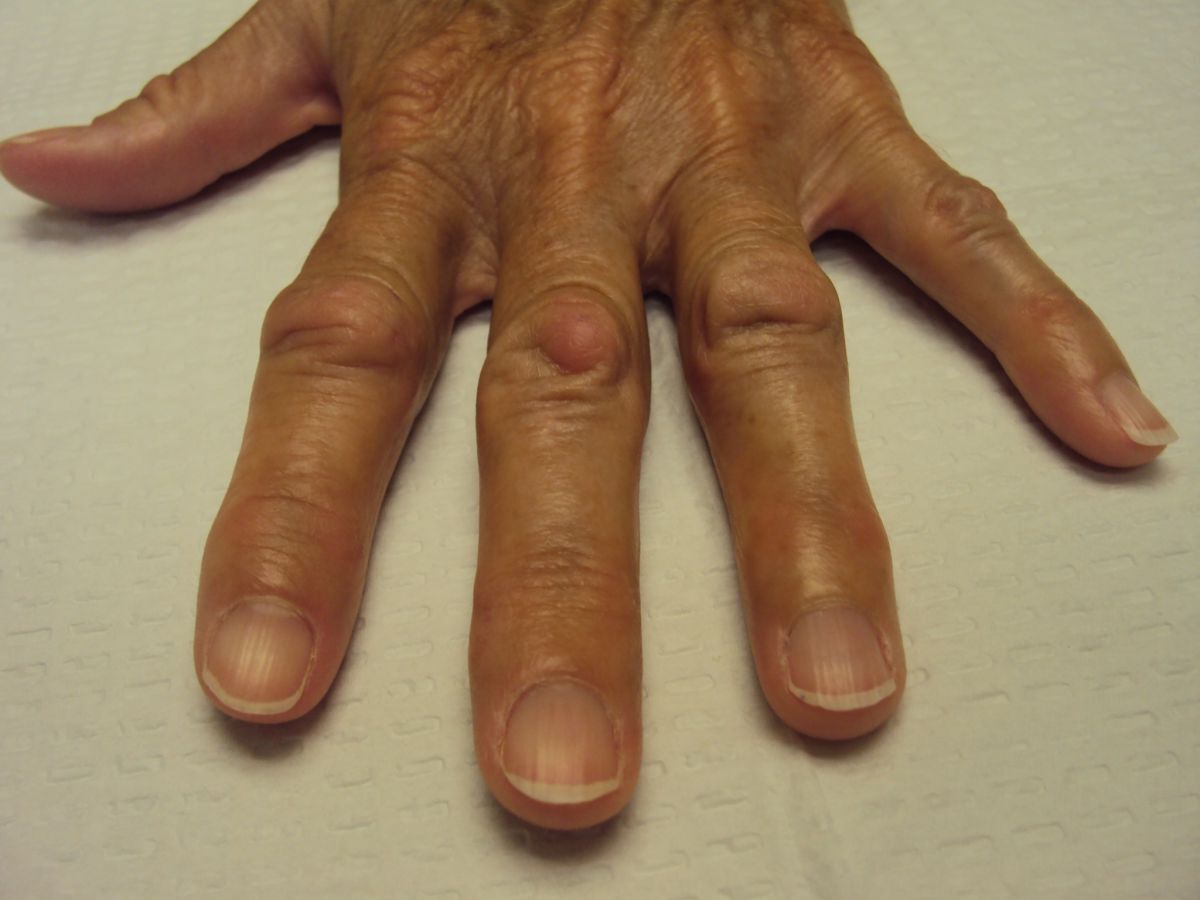
Knuckle Pads Disease might sound like something out of a superhero comic, but it's a real condition affecting many people. These are thickened skin patches that appear over the knuckles, often resembling calluses. They can be painless or cause discomfort, depending on their size and location. While they might look a bit odd, they're usually harmless. Causes can range from repetitive trauma to genetic factors. Some folks might not even notice them, while others might find them bothersome. Treatments vary, from creams to more advanced medical procedures. Understanding Knuckle Pads Disease helps in managing it better. Whether you're curious or concerned, knowing more about this condition can be beneficial.
Key Takeaways:
- Knuckle pads, also known as Garrod's pads, are painless thickened skin areas over finger joints. They can be managed with topical treatments, surgery, and lifestyle changes to prevent worsening.
- Genetic predisposition, repetitive trauma, and age are factors contributing to the development of knuckle pads. Regular check-ups, wearing protective gloves, and moisturizing can help prevent and manage this condition.
What Are Knuckle Pads?
Knuckle pads are thickened skin areas over finger joints. They might look like calluses but have unique characteristics. These pads can appear suddenly or develop over time. Understanding them helps in managing and treating the condition effectively.
-
Knuckle pads are also known as Garrod's pads. Named after Archibald Garrod, a British physician, who first described them in 1893.
-
They are not painful. Typically, these pads don't cause discomfort, though they might be unsightly.
-
Commonly found on the dorsal side of finger joints. This is the back side of the fingers, where the skin thickens.
-
Can appear on toes too. Although rare, knuckle pads can also develop on toe joints.
-
Associated with repetitive trauma. Activities causing repeated friction or pressure on joints can lead to their formation.
Causes and Risk Factors
Understanding what causes knuckle pads can help in prevention and management. While some factors are unavoidable, others can be controlled.
-
Genetic predisposition plays a role. Some people are more likely to develop knuckle pads due to their genetic makeup.
-
Linked to Dupuytren's contracture. This is a condition where fingers bend towards the palm, and knuckle pads often accompany it.
-
Can be a sign of other conditions. Sometimes, they indicate underlying health issues like fibromatosis.
-
Age is a factor. Older individuals are more prone to developing these pads.
-
More common in men. Men are generally more affected than women.
Symptoms and Diagnosis
Recognizing symptoms early can lead to better management. Diagnosis usually involves a physical examination and sometimes additional tests.
-
Visible thickening of skin. The most noticeable symptom is the raised, thickened skin over joints.
-
No redness or swelling. Unlike other skin conditions, knuckle pads don't typically cause inflammation.
-
Diagnosis is mainly clinical. Doctors often diagnose by examining the affected area.
-
Biopsy may be needed. In uncertain cases, a small tissue sample might be taken for analysis.
-
Differentiated from calluses. Though similar in appearance, knuckle pads have distinct characteristics that set them apart from regular calluses.
Treatment and Management
While knuckle pads are usually harmless, treatment can improve appearance and prevent further complications.
-
No specific cure exists. Treatments focus on managing symptoms rather than curing the condition.
-
Topical treatments can help. Creams and ointments may reduce thickness and improve skin texture.
-
Surgery is an option. In severe cases, surgical removal might be considered.
-
Avoiding trauma is crucial. Reducing pressure and friction on joints can prevent worsening.
-
Physical therapy might be beneficial. Exercises can maintain joint flexibility and function.
Lifestyle and Prevention
Simple lifestyle changes can make a big difference in managing knuckle pads. Prevention focuses on reducing risk factors.
-
Wearing protective gloves. Gloves can cushion joints during activities that cause friction.
-
Moisturizing regularly. Keeping skin hydrated can prevent thickening.
-
Avoiding repetitive motions. Limiting activities that stress finger joints can help.
-
Maintaining a healthy weight. Reduces pressure on joints, lowering the risk of developing pads.
-
Regular check-ups with a doctor. Monitoring any changes in skin or joint health ensures early intervention if needed.
Final Thoughts on Knuckle Pads Disease
Knuckle Pads Disease might sound like a rare condition, but understanding it can make a big difference. These thickened skin patches on the knuckles are usually harmless, yet they can sometimes cause discomfort or embarrassment. Knowing the causes, such as repetitive trauma or genetic factors, helps in managing the condition. Treatment options range from topical creams to more advanced therapies, depending on severity. Consulting a healthcare professional is always a good idea if you're concerned about any skin changes. Awareness and early intervention can prevent complications and improve quality of life. Remember, while knuckle pads might not be widely discussed, they're a part of many people's lives. Sharing knowledge about this condition can help others feel less isolated and more informed. Stay curious and keep learning about the fascinating world of dermatology!
Frequently Asked Questions
Was this page helpful?
Our commitment to delivering trustworthy and engaging content is at the heart of what we do. Each fact on our site is contributed by real users like you, bringing a wealth of diverse insights and information. To ensure the highest standards of accuracy and reliability, our dedicated editors meticulously review each submission. This process guarantees that the facts we share are not only fascinating but also credible. Trust in our commitment to quality and authenticity as you explore and learn with us.
